

Uncovering the Mystery of Obihiro's Record Snowfall in February 2025
Uncovering the Mystery of Obihiro's Record Snowfall in February 2025
In early February 2025, a remarkable weather event occurred in Obihiro, located in Hokkaido, Japan. From February 3rd to 4th, this city experienced what is known as a "Doka-yuki" (heavy snowfall), recording a staggering 120 cm of snow within just 12 hours—the highest total observed in Japan's meteorological history. This article delves into the research findings that explain this extraordinary phenomenon, shedding light on how a marine heatwave associated with the Kuroshio current contributed to these extreme conditions.
The Significance of this Research
A research team comprising Professor Hidetaka Hirata from Rissho University, Special Researcher Kenta Tamura from the National Research Institute for Earth Science and Disaster Resilience, and Doctoral candidate Takehiro Morioka from Hokkaido University, investigated the underlying causes of the heavy snowfall. Their study revealed that the unusual temperatures of ocean surface waters, driven by a marine heatwave linked to the Kuroshio current, combined with specific atmospheric conditions, were crucial factors leading to this record snowfall.
This research was published early online in the International Journal "Scientific Online Letters on the Atmosphere (SOLA)" on July 3, 2025, highlighting the importance of understanding ocean temperature changes in predicting snowfall and heavy rainfall events, especially in the context of climate change.
Understanding the Conditions
The heavy snowfall on February 3rd and 4th correlated with a significant warm front combined with a low-pressure system that originated from the Japan Sea to the southwest of Hokkaido. This weather pattern allowed for robust southeastern winds to funnel humid air from the ocean into the Tokachi Plain. During this period, ocean water temperatures around the Tokachi region were reported to be 4.6 degrees Celsius above average, indicating the presence of a marine heatwave.
Investigating the source of this marine heatwave, researchers discovered that it originated from the Kuroshio current’s warm waters, indicating a strong linkage between oceanic and atmospheric conditions.
Research Findings
The research team's analysis involved both observational data and numerical simulations using a regional weather model. Their findings included:
1. A local front existed southeast of Obihiro during the snowfall. This was linked to strong winds associated with the low pressure system that brought moist, unstable air from the ocean to the Tokachi Plain.
2. Updrafts near the front raised this moist air, resulting in the development of heavy snowfall clouds around Obihiro, leading to the Doka-yuki.
3. An analysis of the air inflow pathways revealed that the air traveled over the marine heatwave area. This resulted in enhanced heat and moisture supply from the ocean, contributing to doubled precipitation in the area according to the simulations.
Future Projections
These findings not only add to our understanding of the recent snowfall but also suggest potential implications for extreme weather events in the future. The marine heatwave that impacted the Tokachi region was also linked to previous rainfall events in other areas, indicating that related phenomena could be more widespread.
As climate change continues to affect global weather patterns, understanding how ocean currents and heat fluctuations influence atmospheric processes will be critical in predicting future extreme weather events.
Call to Action
Hidetaka Hirata, noted for his contributions to this research, urges the public to remain vigilant regarding weather forecasts and to consider the influence of marine heatwaves on meteorological events. As both rainfall and heavy snowfall are projected to intensify with the ongoing climate crisis, preparedness is crucial for mitigating potential disasters.
Conclusion
This investigation into the unprecedented snowfall in Obihiro is a vital step towards broader comprehension of how ocean dynamics can lead to extreme weather patterns. It serves as a reminder of the interconnectedness of marine and atmospheric systems and the need for ongoing research to navigate our changing climate.
Understanding these elements not only allows for better prediction of heavy snowfall and rainfall but also prepares us for the realities of a warming planet. The implications of this research extend far beyond Hokkaido, highlighting the necessity of monitoring oceanic conditions globally.




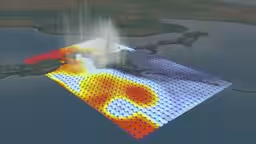
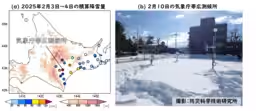

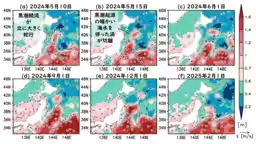
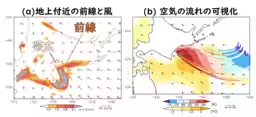
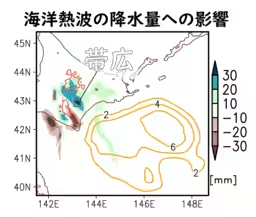
Topics Environment)










【About Using Articles】
You can freely use the title and article content by linking to the page where the article is posted.
※ Images cannot be used.
【About Links】
Links are free to use.